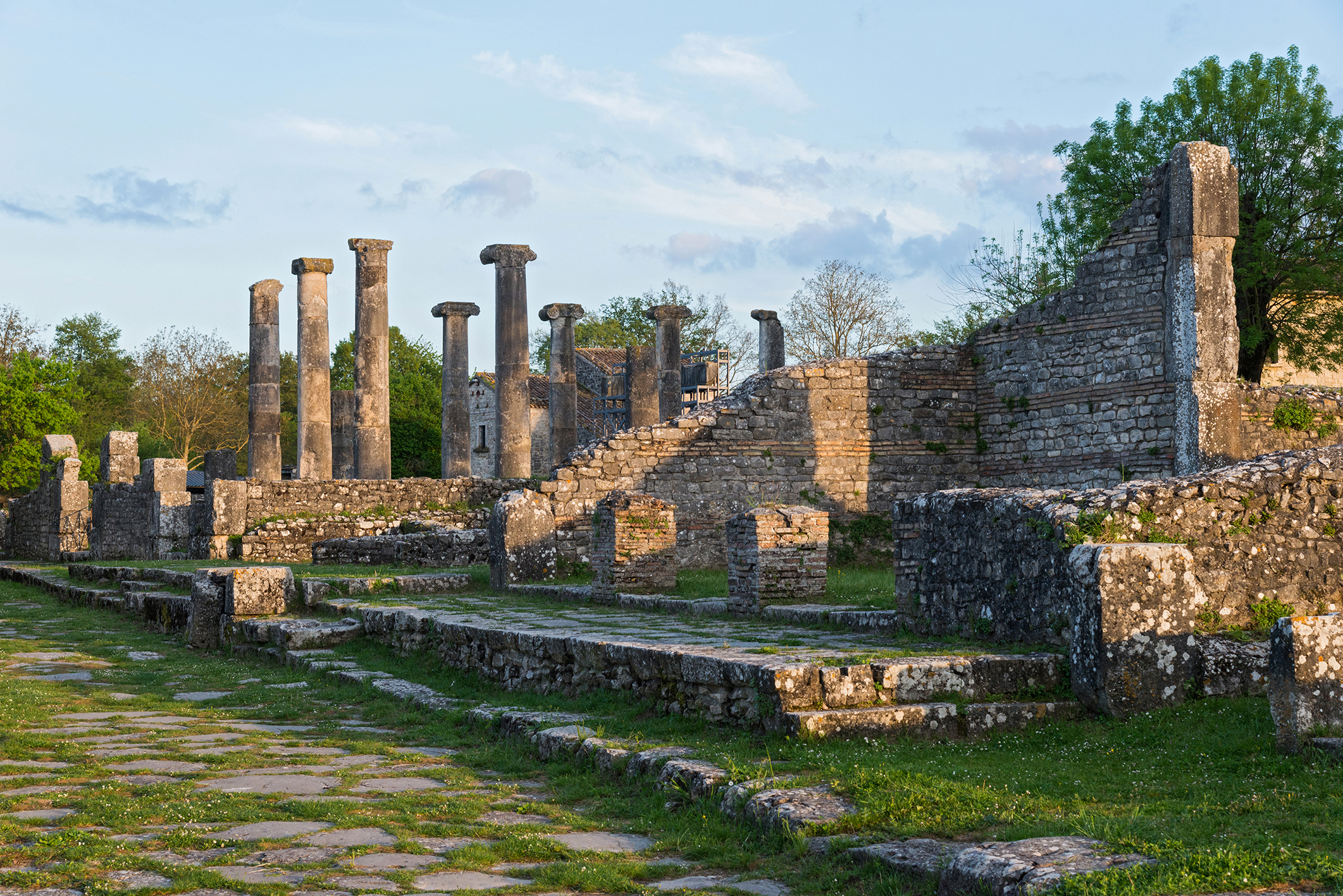Walking through the Archaeological Park of Sepino it is possible to recognize many tree species that are grown near farmhouses, among grassy meadows or around rural hamlets. They are fruit trees, ornamental or for lumber, born spontaneously among the ancient structures or wanted by man to mark borders, obtain fruit and offer coolness while the flocks were grazing. Silent presences that represent the last arboreal generation of inherited landscapes that, replacing and alternating over time, have coexisted with ancient civilizations. Recent archaeobotanical research has made it possible to identify plant remains from which it is possible to reconstruct use practices and eating habits of the past. The organic traces indicate fruit trees (apple, pear and rowan), mixed forest trees (beech, hornbeam, chestnut, walnut, oak), now extinct species such as silver fir and yew, cereals and legumes. The first data indicate a rich variety of plant species present in the gardens of the domus, in urban allotments or in the spaces left uncultivated, but the continuation of the scientific study will provide us with further data on the types of trees and plants that were part of the ancient landscape.

